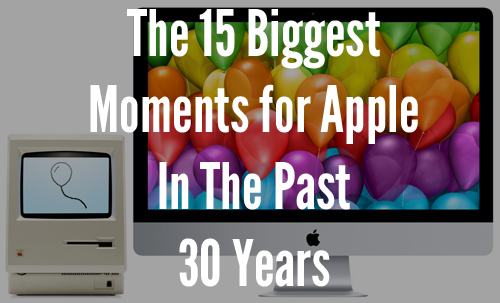
Apple is celebrating their 30th anniversary this month, and to join in the festivities, we thought it would be appropriate to look back through 30 years of innovation and technology at Apple to see what the biggest and brightest moments were.
Check out our list of the top 15 moments in the past 30 years of Apple. Have a favorite moment we didn’t list? Leave it in the comments below. Oh, and these are ordered from oldest to newest, not by importance, since it’s basically impossible to say what the most important moment for Apple has ever been, especially without causing an Internet uproar.
1. 1984 and the Commercial That Changed Everything
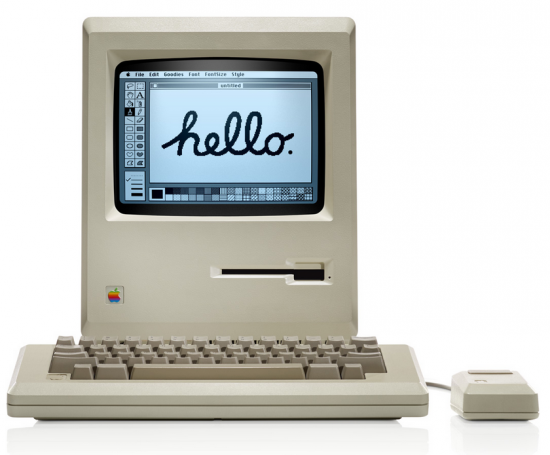
For years computers were solely command-line driven and while that’s still great for power users, it was clear that something better needed to take shape. One of the biggest roadblocks to everyone being able to use a computer was the difficulty that came with learning how to use one, and that difficulty was removed when the original Macintosh came out. The original Mac and its graphical user interface (GUI) changed the way the world looked at computers and with easy to understand icons like a trash can, folders, and even a smiley face to greet you, the original Mac from 1984 was definitely a big deal.
Add to this the epic “1984” commercial Apple produced for the Macintosh’s release, and it’s easy to see why this was the first of Apple’s biggest moments.
2. The PowerBook
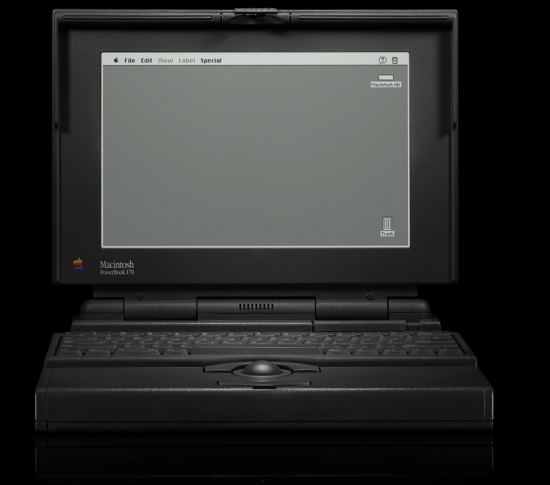
The Macintosh PowerBook was the first completely portable Mac. The PowerBook included a battery, greyscale screen, keyboard, and a built-in trackball. With the keyboard pushed back closer to the screen, the user could rest his or her palms on the computer itself for better typing and comfort.
The PowerBook 140 and 170 (pictured above) are the original portable Macs, even though the Macintosh Portable was out a few years before, as the Portable wasn’t all that portable.
3. Photoshop
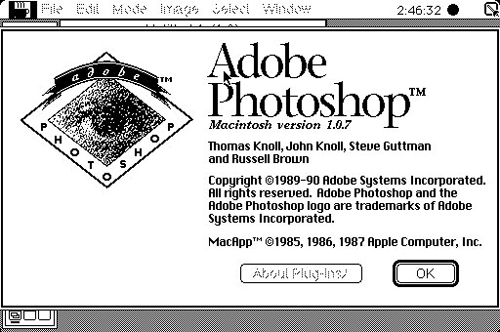
Photoshop was originally created by Thomas Knoll in 1987. He needed an application on his Macintosh Plus to display greyscale images on the Mac’s monochrome display and having no luck finding a proper one, he started to develop one himself. Jump forward to 1990 and Adobe Photoshop 1.0 was released solely for the Mac.
Photoshop starting its life on the Mac is one of the reasons why Apple is ubiquitous with the design community today. If Photoshop 1.0 had originally come out for another system, the Apple we know and love today might be completely different.
4. The Power PC
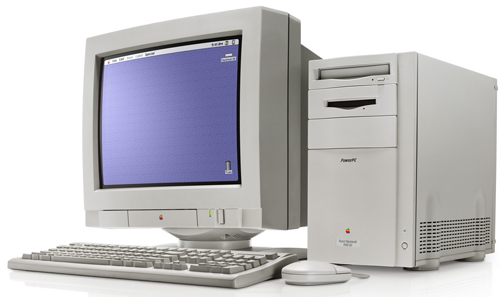
Before the Intel-based Macs we know today existed, the processor-du-jour for Apple was Motorola’s PowerPC chip. In 1994 Apple first started using the PowerPC chip to replace the 68000 family of processors, giving the Mac more power and capabilities than ever before.
For example, the Power Macintosh 8500 pictured above was not only the first Mac, but the first computer to have Audio/Video import/export capabilities. Just like Photoshop helped get graphics professionals on board with the Mac, the Power PC and the 8500 helped get video professionals loving their Macs, too.
5. The Return of Steve Jobs
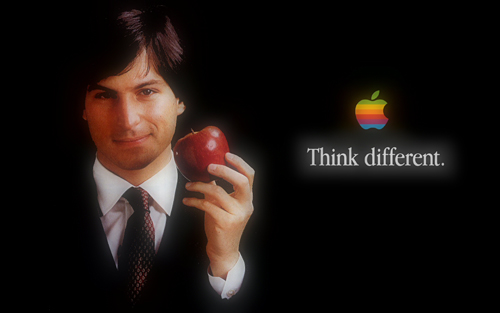
Not all the big moments for Apple have to do with hardware or software. In 1996, the then-ousted founder of Apple, Steve Jobs, made his return to the company as an “informal advisor” to the current CEO Gil Amelio and by July of 1997 Jobs had regained control of the company he and friends Steve Wozniak and Ronald Wayne founded in 1976.
With poor finances and a muddled product lineup, Jobs had quite a task ahead of him to get his company back to where he felt it should be. By realigning Apple’s product lineup and simplifying the company as a whole, Jobs set the stage for one of the biggest corporate comebacks in history.
6. The iMac
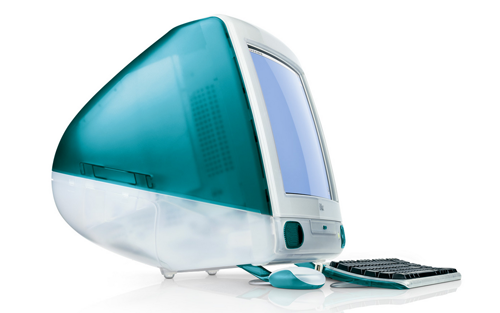
The first product in Apple’s lineup to feature the quintessential lower case i in the name was the iMac, with the i standing for Internet. Apple broke the mold of the traditional desktop computer in many ways with the iMac. First, the computer and monitor were combined into one colorful see-through case. Second, this was the first computer on the market to do away with the floppy drive and come with USB standard. Released in 1997, the egg-shaped Mac definitely stood out from the crowd.
This was the first Mac that aimed itself towards simplicity instead of the accepted standard of the time. The iMac was build so that no wiring was needed. You just plugged in a single power cable, the keyboard, and the mouse and it just worked. Originally available in the pictured Bondi Blue color, other colors would be added one year later.
7. OS X
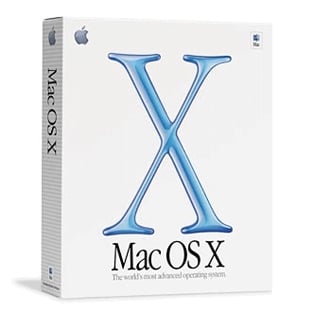
Being known for their unique GUI, Apple replaced OS 9 in September of 2000 with the first version of Mac OS X. While 10.0 was a public beta that was somewhat glitchy, it was the first look at features like the Dock, Menu Bar, and all the other eye candy that OS X came with.
Once the beta ended in the Spring of 2001, Apple released the final version of OS X 10.0, code named Cheetah. Showcasing an all-new code base along with the look and feel, OS X helped to build Apple into the powerhouse they are today. Now, more than a decade later, OS X might be nearing the end of its life, but with continuous updates it’s still the best thing going.
8. iTunes
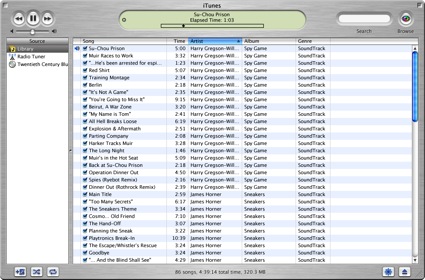
While digital audio and the MP3 file format might have not been super popular in 2001, Apple looked ahead in time with what I can only assume is their iTimeMachine and realized they would be, and with this iTunes was born. iTunes started with the popular SoundJam MP application and grew from there.
While version 1 was basically only a tool for playing digital audio files and ripping music from CDs, it would grow into the most widely used digital audio store and became ubiquitous with Apple and the Mac.
9. Intel Inside
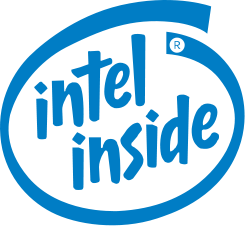
There was a time all the way back in 1998 that Apple mocked Intel’s Pentium II for being slow and touted the speed of their own G3 chip. Fast forward to January of 2006 and oh how things have changed.
Apple announced they would be making the jump to Intel chips, citing a need to make better machines for their users. It was this move that paved the way for the level of interoperability we see today with the Mac and the rise in Mac games, apps, and overall ease of use.
10. I’m a Mac
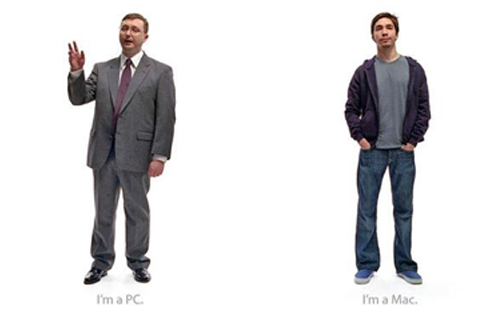
If you don’t recognize the two guys pictured above, you probably didn’t watch TV for most of the mid-2000s. The “I’m a Mac” commercials were one of the most popular ones to ever come out of Mac HQ.
John Hodgman starred as the dorky PC and Justin Long represented the cool, relaxed Mac. The commercials did a lot to build the brand loyalty and overall feeling that surrounds the Mac, while being pretty entertaining.
11. The iPhone
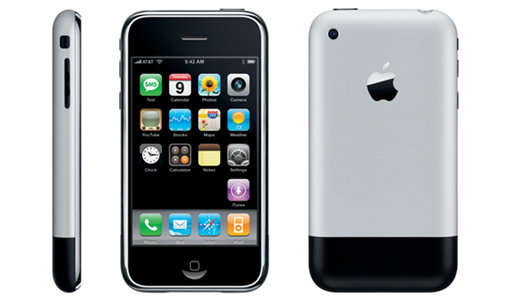
What started with a request from Steve Jobs to his engineers to investigate new touchscreen technology would turn into one of the most widely used smart phones in the world. Continuing the i series of products from Apple, on June 29th, 2007 Apple released the first iteration of the iPhone to the world (well, the US first).
The iPhone, originally solely on AT&T’s network, was an instant success. The iPhone started as being a way to have your phone, iPod, and a pocket computer all rolled into one. Previous to this, smart phones were far more clunky and difficult to use, so when the iPhone was released, it opened a new world of technology to those who weren’t in business and used a Treo or Blackberry. Jump forward to 2014 and the iPhone 5S is the first phone to use a 63-bit processor and still commands a majority 52% market share in the US.
12. Apps for Everyone!
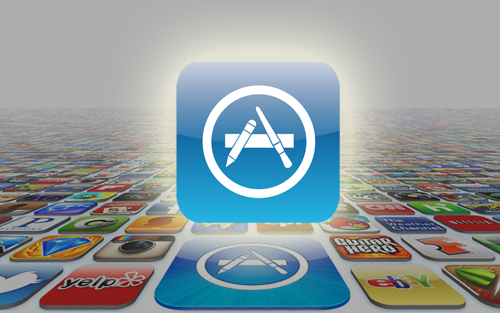
Not happy with just having the stock apps that come with the iPhone, Jobs and company decided they should allow 3rd party developers to release apps for the iPhone and give users an easy, safe way to install them. Now users could choose to add games and other apps to their device to personalize it and bring it closer to the pocket computer that Steve Jobs initially dreamed of.
On July 10, 2008 the App Store officially opened, and on July 11th the iPhone 3G was launched with the App Store preloaded. The original iPhone and iPod Touch were updated to iOS 2.0.1 and received the App Store as well. The original 500 apps available has grown to over 1 million apps. In 2013 alone more than $1 billion was spent on apps in the iOS App Store.
The App Store is a major source of income for Apple, with 30% of sales going directly to Apple themselves. The App Store has proven itself as a major source of income not only for Apple, but for developers as well with some apps making well into the hundreds of thousands of dollars.
13. What’s in that Envelope, Steve?
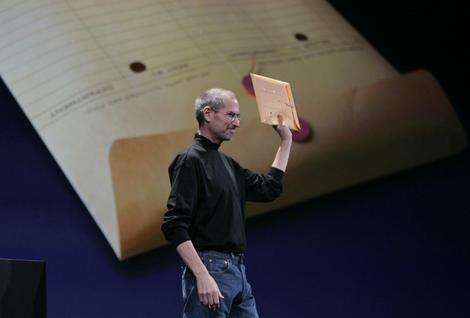
Apple has always been known for making their products smaller and lighter, but when Steve Jobs walked on stage holding a brown envelope on January 15th, 2008 nobody expected it to contain the newest MacBook.
At the time the MacBook Air was the thinnest notebook computer in the world. Coming in at 13.3″ and only 2.3 pounds, the MacBook Air started the war for the thinnest notebook. Designed around flash memory storage and a long-lasting battery, the Air was a sign of things to come for Apple.
14. The iPad
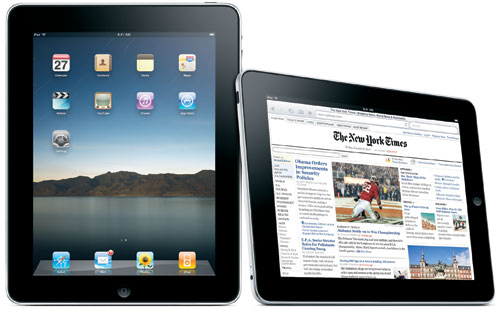
When Steve Jobs had his original idea for the iPhone, he actually envisioned what we know today as the iPad. This mobile computer originally came with a 9.7″ screen and with 15 million sold by the time the iPad 2 was released, it looks like it was a good idea. This is what Steve had to say about the iPad, oh and did I mention he said this in 1983?
“[Our] strategy is really simple. What we want to do is we want to put an incredibly great computer in a book that you can carry around with you and learn how to use in 20 minutes … And we really want to do it with a radio link in it so you don’t have to hook up to anything and you’re in communication with all of these larger databases and other computers.”
While the iPad wasn’t the first tablet on the market, it redefined the category and make the apps everyone loved on the iPhone available on the new tablet, too. A major improvement over the Newton MessagePad, the iPad today is used everywhere from schools to hospitals to airplanes as a replacement for their heavy manuals.
15. The New Mac Pro
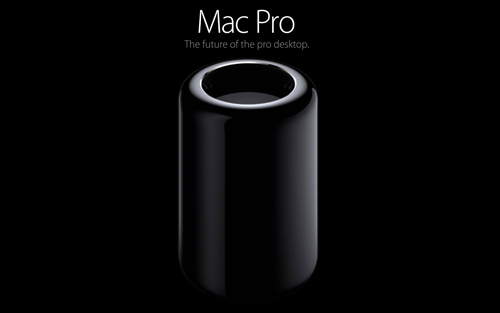
Rounding out this list of the top 15 biggest moments for Apple is definitely the new Mac Pro. The original Mac Pro was a huge success with professionals all around the world. This desktop computer touted some of the most powerful processing capability available for purchase. With easy upgradability and a huge capacity for storage, memory, and processing power, the Mac Pro has always been the go-to machine for professional designers, musicians, and videographers.
In 2014 Apple took this powerhouse and completely redesigned it. Coming in at 1/8th the size of the previous model, the new Mac Pro is like no other computer before it. Not only is the design completely different, but the size has been drastically reduced while giving it more processing power and even more upgradability.
Wrap-Up
The Mac Pro is a new direction in desktop computing, and is the best place to leave this list off at. Apple did a lot in the past 30 years and as long as they keep up with designing new products and updating their current ones, Apple in a post-Steve Jobs world will continue to thrive and grow.
What do the next 30 years hold for Apple? Well, if they’re anything like the first 30, it’s going to be a fun ride.

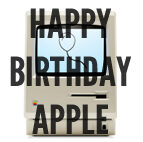



2 thoughts on “30 Years of Apple: The 15 Biggest Moments”
30 years of Macintosh, 38 years of Apple…